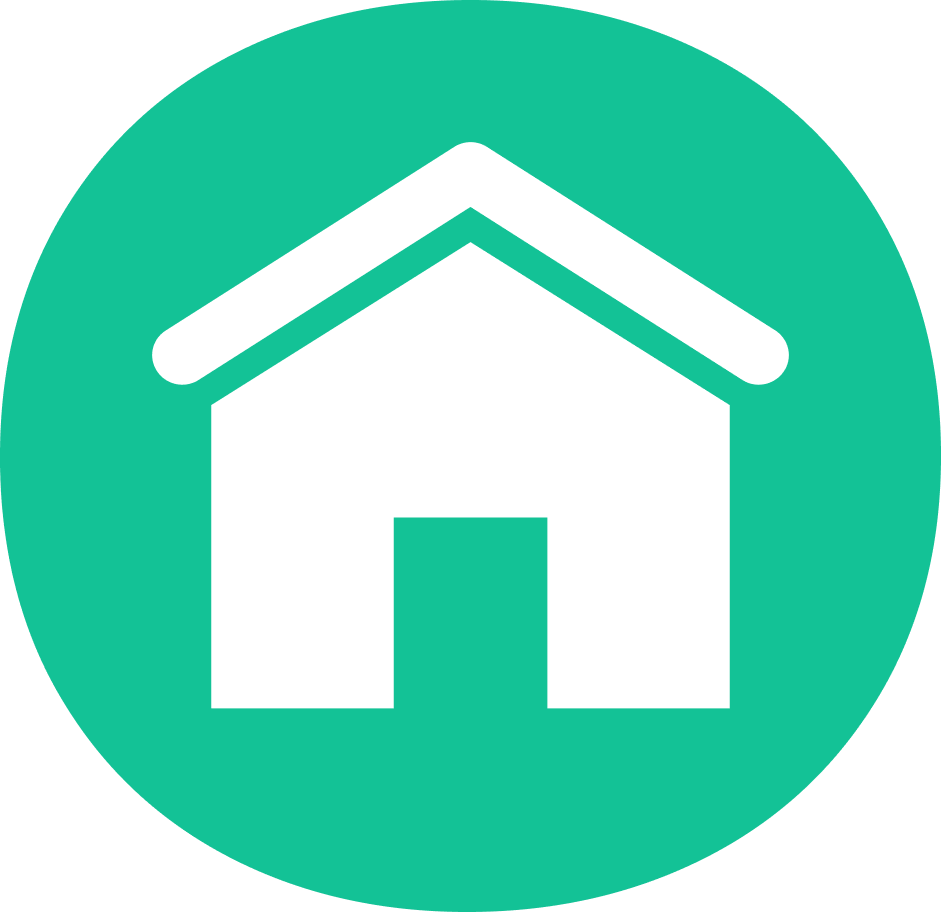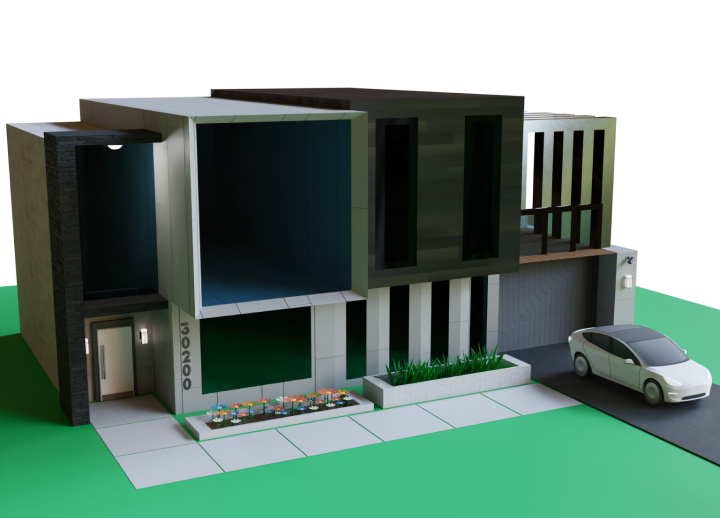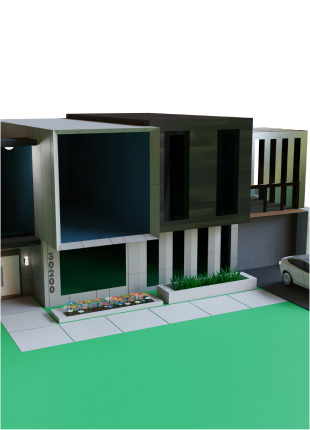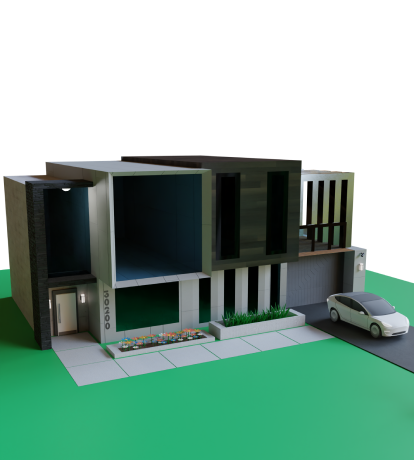California 2021 Conforming Loan Limits
The 2021 Conforming limit in California counties is between $548,250 and $822,375 for 1-unit properties and between $702,200 and $1,053,000 for 2-unit properties. See below for limits on 3 and 4 units.\nAlameda County\n1 Unit – $822,375\n2 Unit – $1,053,000\n3 Unit – $1,272,750\n4 Unit – $1,581,750\nAlpine County\n1 Unit – $548,250\n2 Unit – $702,000\n3 Unit – $848,500\n4 Unit – $1,054,500\nAmador County\n1 Unit – $548,250\n2 Unit – $702,000\n3 Unit – $848,500\n4 Unit – $1,054,500\nButte County\n1 Unit – $548,250\n2 Unit – $702,000\n3 Unit – $848,500\n4 Unit – $1,054,500\nCalaveras County\n1 Unit – $548,250\n2 Unit – $702,000\n3 Unit – $848,500\n4 Unit – $1,054,500\nColusa County\n1 Unit – $548,250\n2 Unit – $702,000\n3 Unit – $848,500\n4 Unit – $1,054,500\nContra Costa County\n1 Unit – $822,375\n2 Unit – $1,053,000\n3 Unit – $1,272,750\n4 Unit – $1,581,750\nDel Norte County\n1 Unit – $548,250\n2 Unit – $702,000\n3 Unit – $848,500\n4 Unit – $1,054,500\nEl Dorado County\n1 Unit – $598,000\n2 Unit – $765,550\n3 Unit – $925,350\n4 Unit – $1,150,000\nFresno County\n1 Unit – $548,250\n2 Unit – $702,000\n3 Unit – $848,500\n4 Unit – $1,054,500\nGlenn County\n1 Unit – $548,250\n2 Unit – $702,000\n3 Unit – $848,500\n4 Unit – $1,054,500\nHumboldt County\n1 Unit – $548,250\n2 Unit – $702,000\n3 Unit – $848,500\n4 Unit – $1,054,500\nImperial County\n1 Unit – $548,250\n2 Unit – $702,000\n3 Unit – $848,500\n4 Unit – $1,054,500\nInyo County\n1 Unit – $548,250\n2 Unit – $702,000\n3 Unit – $848,500\n4 Unit – $1,054,500\nKern County\n1 Unit – $548,250\n2 Unit – $702,000\n3 Unit – $848,500\n4 Unit – $1,054,500\nKings County\n1 Unit – $548,250\n2 Unit – $702,000\n3 Unit – $848,500\n4 Unit – $1,054,500\nLake County\n1 Unit – $548,250\n2 Unit – $702,000\n3 Unit – $848,500\n4 Unit – $1,054,500\nLassen County\n1 Unit – $548,250\n2 Unit – $702,000\n3 Unit – $848,500\n4 Unit – $1,054,500\nLos Angeles County\n1 Unit – $822,375\n2 Unit – $1,053,000\n3 Unit – $1,272,750\n4 Unit – $1,581,750\nMadera County\n1 Unit – $548,250\n2 Unit – $702,000\n3 Unit – $848,500\n4 Unit – $1,054,500\nMarin County\n1 Unit – $822,375\n2 Unit – $1,053,000\n3 Unit –1,272,750\n4 Unit – $1,581,750\nMariposa County\n1 Unit – $548,250\n2 Unit – $702,000\n3 Unit – $848,500\n4 Unit – $1,054,500\nMendocino County\n1 Unit – $548,250\n2 Unit – $702,000\n3 Unit – $848,500\n4 Unit – $1,054,500\n2Merced County\n1 Unit – $548,250\n2 Unit – $702,000\n3 Unit – $848,500\n4 Unit – $1,054,500\n2Modoc County\n1 Unit – $548,250\n2 Unit – $702,000\n3 Unit – $848,500\n4 Unit – $1,054,500\n2Mono County\n1 Unit – $529,250\n2 Unit – $677,200\n3 Unit – $818,600\n4 Unit – $1,017,300\nMonterey County:\n1 Unit – $739,450\n2 Unit – $946,650\n3 Unit – $1,144,250\n4 Unit – $1,442,050\nNapa County:\n1 Unit – $816,500\n2 Unit – $1,045,250\n3 Unit – $1,263,500\n4 Unit – $1,570,200\nNevada County:\n1 Unit – $548,250\n2 Unit – $702,000\n3 Unit – $848,500\n4 Unit – $1,054,500\nOrange County\n1 Unit – $822,375\n2 Unit – $1,053,000\n3 Unit – $1,272,750\n4 Unit – $1,581,750\nPlacer County\n1 Unit – $598,000\n2 Unit – $765,550\n3 Unit – $925,350\n4 Unit – $1,150,000\nPlumas County\n1 Unit – $548,250\n2 Unit – $702,000\n3 Unit – $848,500\n4 Unit – $1,054,500\nRiverside County\n1 Unit – $548,250\n2 Unit – $702,000\n3 Unit – $848,500\n4 Unit – $1,054,500\nSacramento County\n1 Unit – $598,000\n2 Unit – $765,550\n3 Unit – $925,350\n4 Unit – $1,150,000\nSan Benito County\n1 Unit – $822,375\n2 Unit – $1,053,000\n3 Unit – $1,272,750\n4 Unit – $1,581,750\nSan Bernardino County\n1 Unit – $548,250\n2 Unit – $702,000\n3 Unit – $8,48,500\n4 Unit – $1,054,500\nSan Diego County\n1 Unit – $753,250\n2 Unit – $964,300\n3 Unit – $1,165,600\n4 Unit – $1,448,600\nSan Francisco County\n1 Unit – $822,375\n2 Unit – $1,053,000\n3 Unit – $1,272,750\n4 Unit – $1,581,750\nSan Joaquin County\n1 Unit – $548,250\n2 Unit – $702,000\n3 Unit – $848,500\n4 Unit – $1,054,500\nSan Luis Obispo County\n1 Unit – $701,500\n2 Unit – $898,050\n3 Unit – $1,085,500\n4 Unit – $1,349,050\nSan Mateo County\n1 Unit – $822,375\n2 Unit – $1,053,000\n3 Unit – $1,272,750\n4 Unit – $1,581,750\nSanta Barbara County\n1 Unit – $660,100\n2 Unit – $845,050\n3 Unit – $1,021,450\n4 Unit – $1,269,450\nSanta Clara County\n1 Unit – $822,375\n2 Unit – $1,053,000\n3 Unit – $1,272,750\n4 Unit – $1,581,750\nSanta Cruz County\n1 Unit – $822,375\n2 Unit – $1,053,000\n3 Unit – $1,272,750\n4 Unit – $1,581,750\nShasta County\n1 Unit – $548,250\n2 Unit – $702,000\n3 Unit – $848,500\n4 Unit – $1,054,500\nSierra County\n1 Unit – $548,250\n2 Unit – $702,000\n3 Unit – $848,500\n4 Unit – $1,054,500\nSiskiyou County\n1 Unit – $548,250\n2 Unit – $702,000\n3 Unit – $848,500\n4 Unit – $1,054,500\nSolano County\n1 Unit – $550,850\n2 Unit – $705,200\n3 Unit – $852,400\n4 Unit – $1,059,350\nSonoma County\n1 Unit – $707,250\n2 Unit – $905,400\n3 Unit – $1,094,450\n4 Unit – $1,360,100\n2Stanislaus County\n1 Unit – $548,250\n2 Unit – $702,000\n3 Unit – $848,500\n4 Unit – $1,054,500\n2Sutter County\n1 Unit – $548,250\n2 Unit – $702,000\n3 Unit – $848,500\n4 Unit – $1,054,500\n2Tehama County\n1 Unit – $529,250\n2 Unit – $677,200\n3 Unit – $818,600\n4 Unit – $1,017,300\nTrinity County\n1 Unit – $822,375\n2 Unit – $1,053,000\n3 Unit –1,272,750\n4 Unit – $1,581,750\nTulare County\n1 Unit – $548,250\n2 Unit – $702,000\n3 Unit – $848,500\n4 Unit – $1,054,500\nTuolumne County\n1 Unit – $548,250\n2 Unit – $702,000\n3 Unit – $848,500\n4 Unit – $1,054,500\n2Ventura County\n1 Unit – $739,450\n2 Unit – $946,650\n3 Unit – $1,144,250\n4 Unit – $1,422,050\n2Yolo County\n1 Unit – $598,000\n2 Unit – $765,550\n3 Unit – $925,350\n4 Unit – $1,150,000\n2Yuba County\n1 Unit – $548,250\n2 Unit – $702,000\n3 Unit – $848,500\n4 Unit – $1,054,500\n\nInformation sourced from hud.gov.\n























